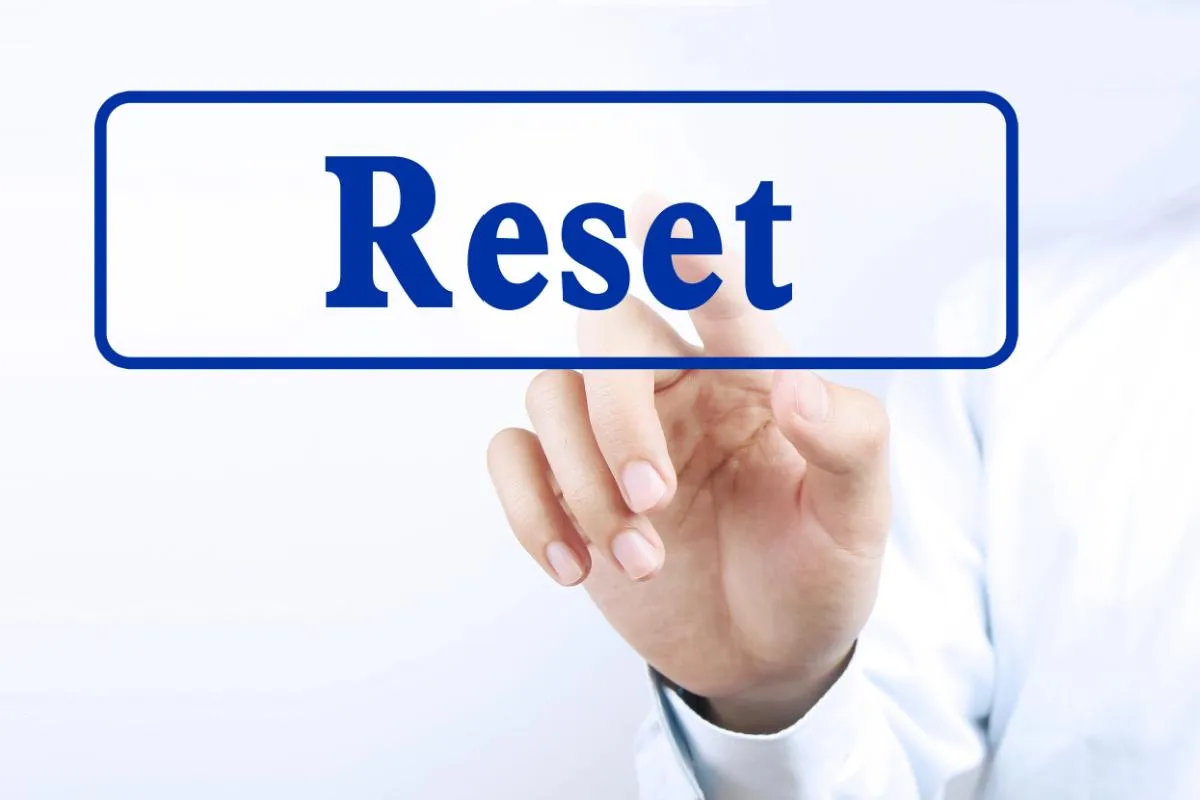
How to Identify and Remove Negative Triggers in Your Relationship
Ever notice that a simple phrase from your partner can suddenly derail your mood? Or that a certain routine brings tension back like clockwork? These are negative emotional triggers. Those little sparks that ignite big emotional reactions. If left unchecked, they can damage the bond you’ve built. But you can identify and remove them together, restoring peace and intimacy.
1. Recognize Emotional Triggers at Play
The first step is awareness. Mario Che teaches that stress and conflict don’t come from facts. They come from triggers deeply wired into past experiences.
“Emotional triggers are the key to understanding human behaviour.” — Mario Che
When a word, tone, or action consistently unsettles you or your partner, take note. That hiccup in tone, the pattern of a recurring argument are all clues pointing to hidden pain.
2. Map Your Emotional Reaction Patterns
Write them down. Create a simple chart together:
Documenting these reveals patterns that can be changed. It’s not blame, it’s data for growth.
3. Interrupt the Pattern with Awareness
Once a trigger is recognized, interrupt the automatic reaction. Mario says:
“Understanding human behaviour is the key to saving relationships.” — Mario Che
This means pausing before reacting, even if it's just a breath or a quiet word: “I feel anxious.” That pause destroys the momentum of the trigger.
4. Create Gentle Replacements
Planning for the moment helps. Instead of snapping back:
Suggest a break: “Let’s take five.”
Reflect: “I felt XYZ, have I misunderstood?”
Shift tone: “Let me share how I’m feeling, then let me hear you.”
Replace reactive energy with thoughtful emotional responses.
5. Build Trust Through Consistent Care
When you respond thoughtfully, even when triggered, you reinforce security. Mario calls this integrity in action.
“Integrity eliminates stress and triggers attraction markers in the brain.” — Mario Che
Every time you handle a trigger with respect and patience, you build emotional trust. That strength makes future triggers softer.
6. Replace Triggers with Positive Associations
Once the negatives are dismantled, fill the space with positivity:
Share small moments of warmth (“That song reminds me of us”)
Hold space for their waiting energy (“You can take your time”)
Acknowledge kindness (“I notice how hard you work for us”)
These positive interactions build new emotional wiring, crowding out old triggers.
What This Looks Like in Action
Scenario: You come home and see dishes left in the sink, a known trigger.
Old: You react with irritation. They feel nagged. Mood spirals.
New:
Pause: You notice tension rising.
Name it calmly: “I’m feeling unsettled. Did something happen?”
Offer care: “If you’re tired, want to take a break before tackling dishes?”
That moment of awareness and emotional choice interrupts the trigger and begins a new pattern of care and connection.
Why This Works
Triggers thrive on autopilot. When you pause that autopilot and act with awareness and care, you dismantle the patterns fueling conflict. Over time, your relationship becomes a place of safety and understanding, not reactivity.
Final Take
Identifying and removing negative triggers isn’t about being perfect. It’s about being present. When you step in together with curiosity and respect, you break the cycle and build something stronger in its place.
Let me know if you’d like help turning this into a practical worksheet, conversation prompts, or a simple tracking tool you and your partner can use every week.
